Qu'est-ce qu'un Terpène de cannabis?
Il existe plus de 100 types de terpènes, et chacun a son propre arôme, son goût et ses propriétés curatives. Vos types de cannabis préférés doivent leur saveur unique à ces composés. Les terpènes se trouvent également dans d'autres plantes, telles que les feuilles d'arbres ou les pétales de fleurs. Les terpènes naturels sont donc responsables de l'odeur unique et apaisante que vous ressentirez en vous promenant, par exemple, dans une forêt ou un jardin de fleurs.
Les Terpènes se produisent dans le Cannabis et les pétales de Fleurs
Les industries cosmétiques, alimentaires, pharmaceutiques et biotechnologiques utilisent toutes largement les terpènes. Ces composés délicats peuvent facilement disparaître d'un bourgeon si l'environnement de croissance est trop chaud ou si les bourgeons ne sont pas correctement mûris ou laissés trop secs.
Les terpènes présents dans le cannabis ont tous été bien étudiés, d'autant plus qu'ils peuvent également être trouvés dans une variété d'autres matières organiques, telles que les fruits et certains légumes, les fleurs, les épices, les herbes et même certains animaux, etc. Les professionnels de l'aromathérapie connaissent et utilisent divers terpènes et leurs arômes depuis des années.
Les Terpènes Les Plus Importants
Alpha-Pinène
Un terpène appelé alpha-pinène est responsable de l'odeur du pin dans certains bourgeons. Comme son nom l'indique, il est également présent dans les aiguilles de pin et les herbes, notamment l'aneth, le romarin, le persil et le basilic. Les herboristes l'ont souvent utilisé comme option de traitement pour des affections telles que les ulcères d'estomac, la maladie pulmonaire obstructive chronique (MPOC), l'asthme et comme anxiolytique ainsi qu'une forme de soulagement de la douleur.
Myrcène
Le myrcène est un parfum terreux et légèrement musqué, avec un soupçon de clou de girofle ou de cardamome dans son arôme. Trouvé dans la mangue, la citronnelle indienne, le thym et le houblon, son effet est relaxant et apaisant.
Limonène
Le limonène, un parfum très populaire, a un arôme très distinctif à la fois citronné et épicé. On le trouve dans de nombreuses versions de bourgeons de cannabis orange. On le trouve également dans le genévrier, les écorces d'agrumes, le romarin et la menthe poivrée. Les herboristes l'utilisent comme traitement de la dépression, de l'anxiété, comme anti-inflammatoire et comme analgésique. Il a un effet de soulagement du stress et d'amélioration de l'humeur.
Bêta-caryophyllène
Si vous avez déjà ressenti un fort arôme boisé, épicé ou poivré dans vos bourgeons, il y a de fortes chances que vous ayez rencontré un type riche en bêta-caryophyllène. Il est couramment utilisé pour soulager la douleur et l'anxiété, ainsi que pour traiter la dépression et les ulcères d'estomac. Il est également souvent préconisé pour soulager le stress; le poivre noir, le clou de girofle et la cannelle sont riches en bêta-caryophyllène.
Linalol
Le linalol est le terpène qui a une odeur fleurie distincte dans le cannabis. Il peut également être trouvé également dans des plantes telles que la lavande, et les herboristes prescrivent souvent pour une utilisation contre l'anxiété, la dépression, les troubles du sommeil, la douleur, comme anti-inflammatoire. Ses effets apaisants et apaisants sont puissants. Parce qu'il peut apaiser, se détendre et aider à dormir, beaucoup de gens placent un petit bouquet de lavande dans leur chambre ou sous leur oreiller.
Humulène
Humulene porte un parfum un peu terreux et boisé, pas différent du houblon. Il est également présent dans le basilic et le clou de girofle. Les herboristes l'utiliseront souvent comme anti-inflammatoire.
Ocimen
L'arôme boisé et végétal d'ocimen est quelque peu parfumé, et il est présent dans les mangues, les variétés de menthe, de poivre, de persil, de basilic, d'orchidées et même de kumquats. Il est souvent utilisé pour ses propriétés antibiotiques, antivirales et antifongiques
Terpinolène
Le terpinolène a une nuance florale parfumée, quelque peu alpine, et peut être trouvé dans les pommes, la muscade, l'arbre à thé, le lilas, les conifères et le cumin. Il est souvent utilisé pour son puissant effet antioxydant, antifongique et antibactérien. Il peut également être très utile comme sédatif. Dans le cannabis, il agit pour amplifier son effet calmant.
Camphre
Le camphène est un terpène piquant et fortement parfumé. On le trouve dans de nombreuses huiles telles que la térébenthine, la citronnelle, le cyprès et le camphre. Son parfum est similaire à celui des aiguilles de pin et du sol humide. Il est fréquemment proposé comme traitement des infections fongiques ou bactériennes.
Bêta-pinène
Le bêta-pinène a un parfum de pin distinctif et puissant, et de tous les terpènes que nous connaissons, est l'un des plus connus et des plus couramment utilisés. On le trouve également dans le cannabis, le houblon et le cumin.
Terpinène
Le terpinène a quatre sous-types: alpha, bêta, gamma et delta. Chacun d'eux est un liquide incolore avec un arôme de térébenthine.
P-cymène
Le p-cymène se trouve dans l'huile de thym et de cumin.
Cinéol
Cinéole fait jusqu'à 90% d'huile d'eucalyptus. On le trouve dans les feuilles de laurier, le basilic, le romarin et la sauge. Il sent la menthe et est réputé pour son effet relaxant.
Géraniol
Terpène doux et parfumé à la rose, le géraniol est, comme tant d'autres terpènes, souvent utilisé dans la fabrication de produits de parfumerie. C'est un composant majeur de plusieurs huiles telles que la citronnelle, la rose et la rose de palme, et est particulièrement connu pour ses effets apaisants.
Nérolidol
Le nérolidol a deux variantes, et ce terpène est également présent dans le jasmin, la lavande, le gingembre et l'arbre à thé. En raison de son arôme boisé, il a souvent une odeur d'écorce fraîche.
Gaïol
Le terpène de gaïol se trouve dans le cannabis ainsi que dans les cyprès et le gaïacum. Il est particulièrement connu pour son effet anxiolytique et calmant.
Bisabolol
Le bisabolol a un arôme doux et floral. En tant qu'élément important de l'huile de camomille, il est souvent utilisé pour traiter et parfois guérir les affections cutanées. Il est également connu pour ses effets anti-inflammatoires, anti-irritants et antimicrobiens.
Les effets des terpènes énumérés ci-dessus sont remarquables, en eux-mêmes. Tout cela devient à son tour vraiment intéressant lorsque nous considérons également comment ces terpènes, ainsi que d'autres constituants naturels du cannabis, provoquent des effets secondaires et agissent en synergie les uns avec les autres. Certains terpènes amplifient-ils les effets de certains cannabinoïdes ? La plupart des experts du cannabis disent que oui.



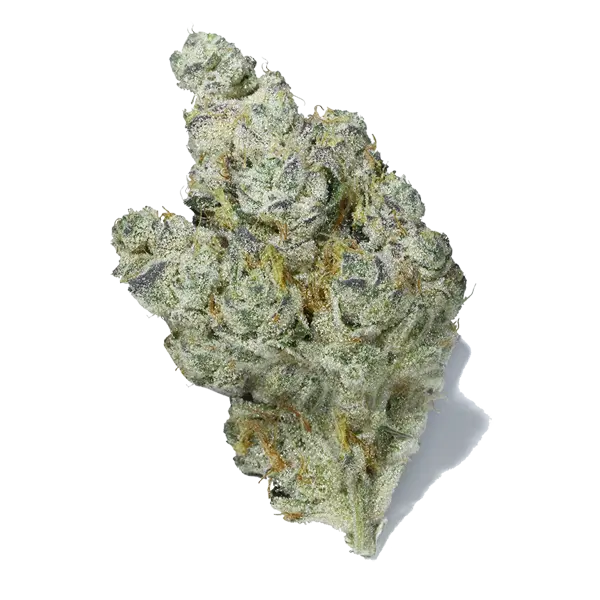
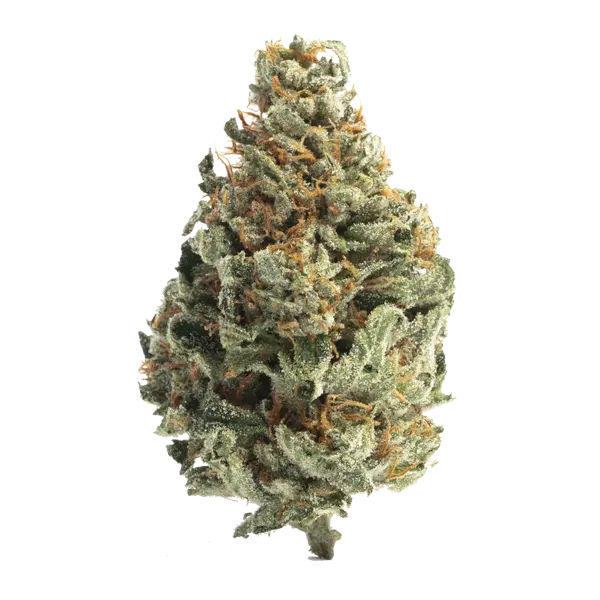
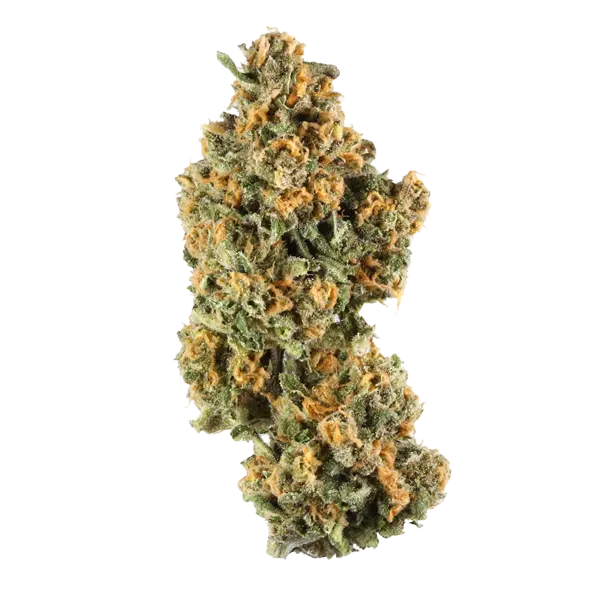

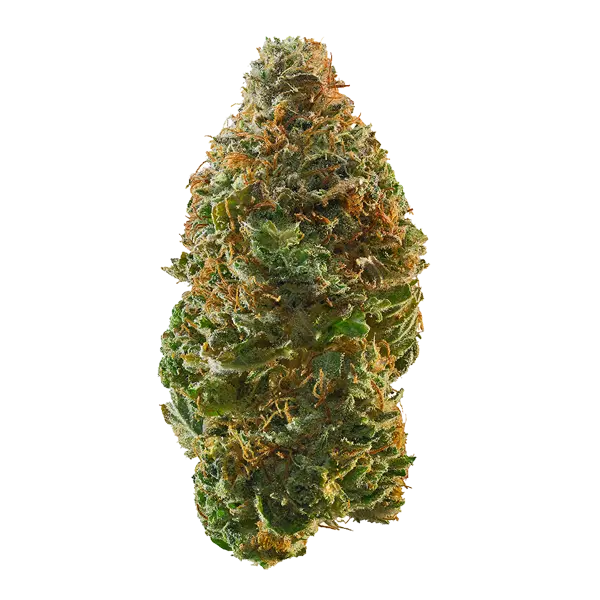

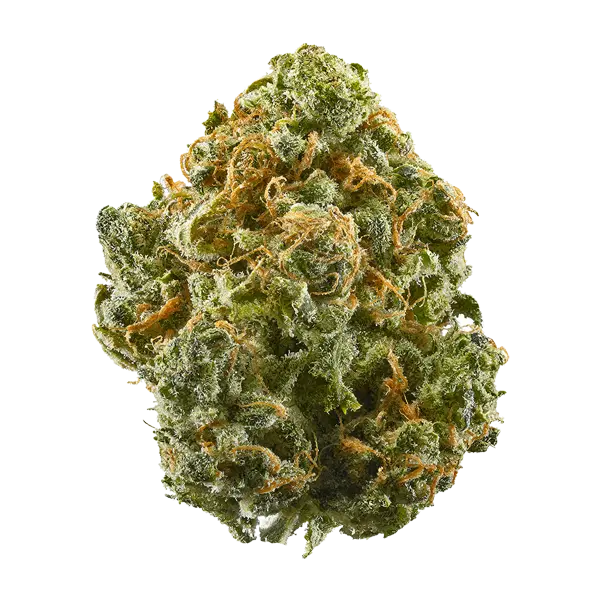






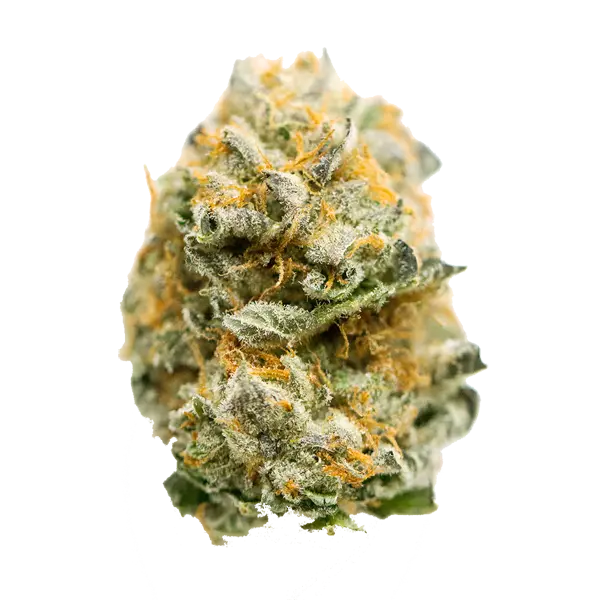
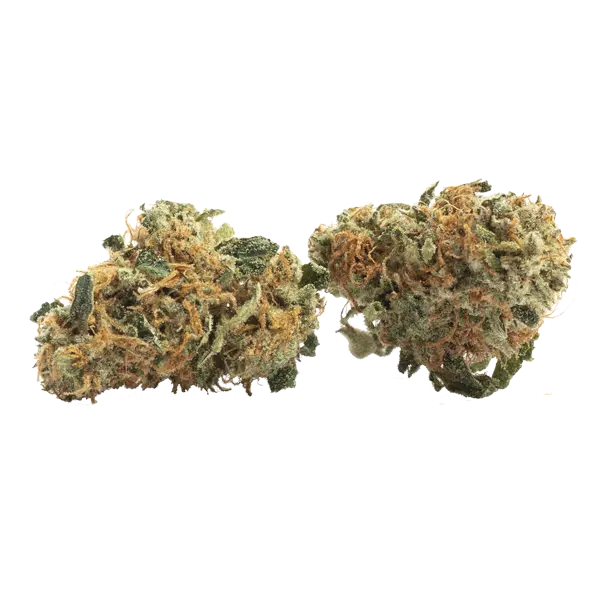
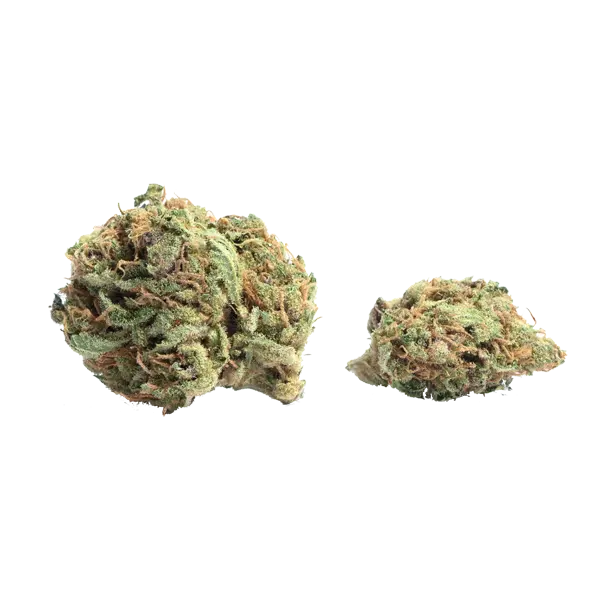







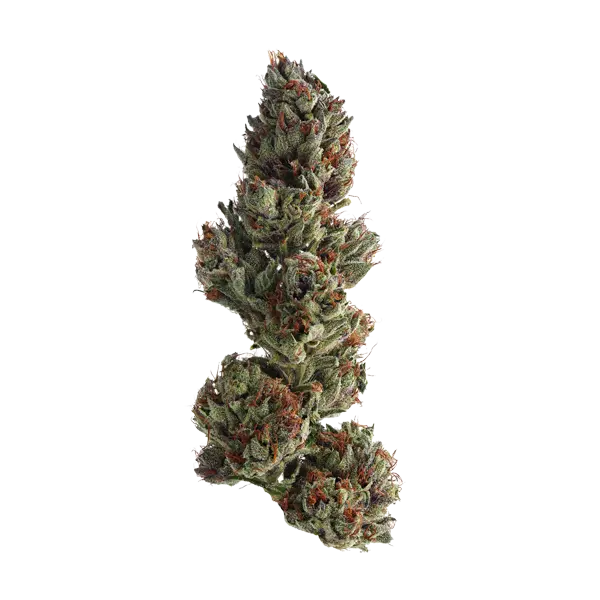



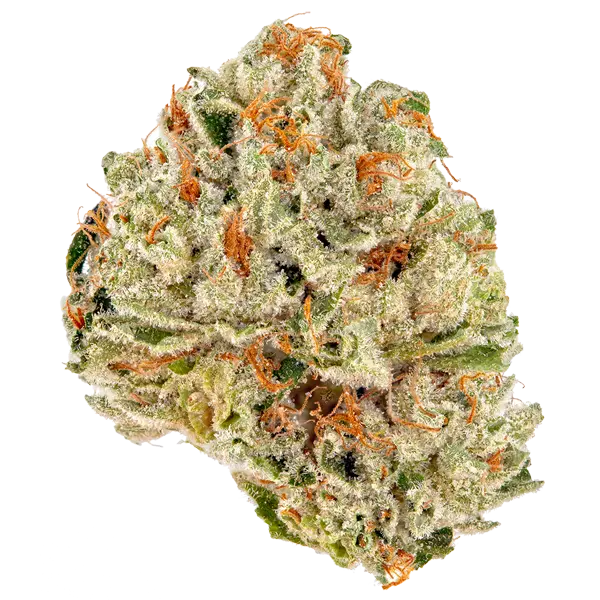
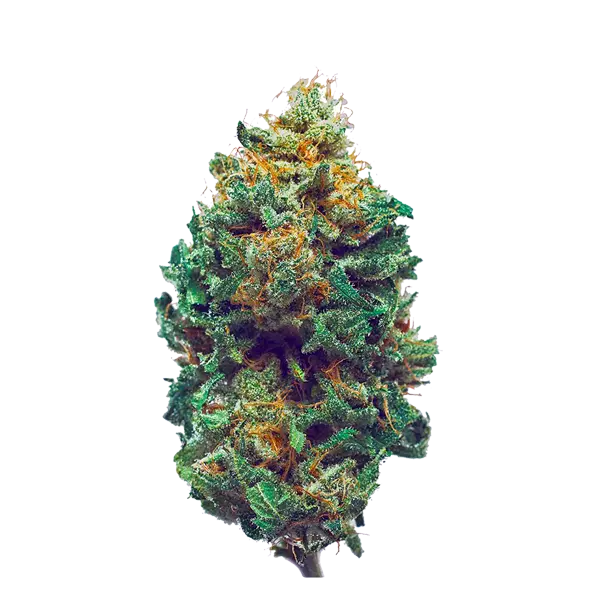
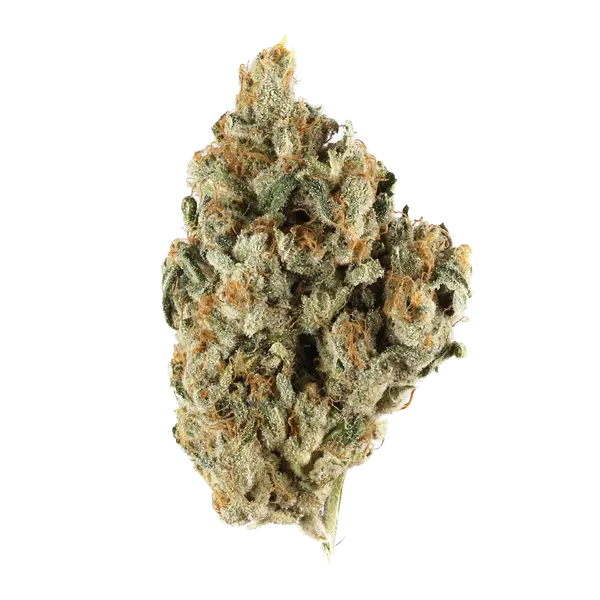

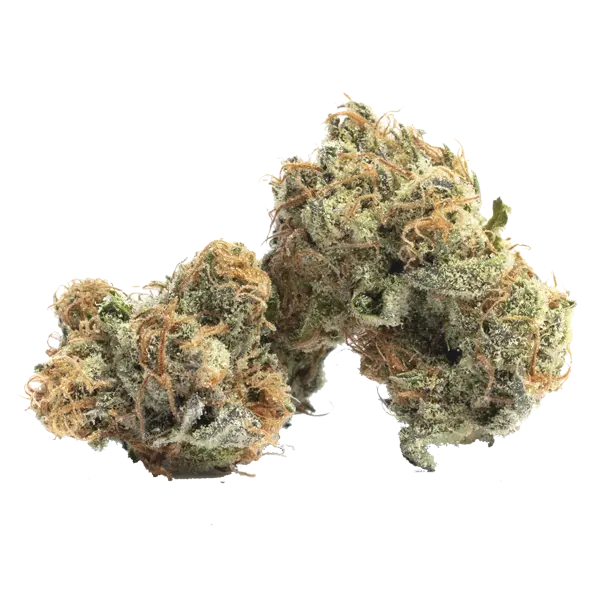
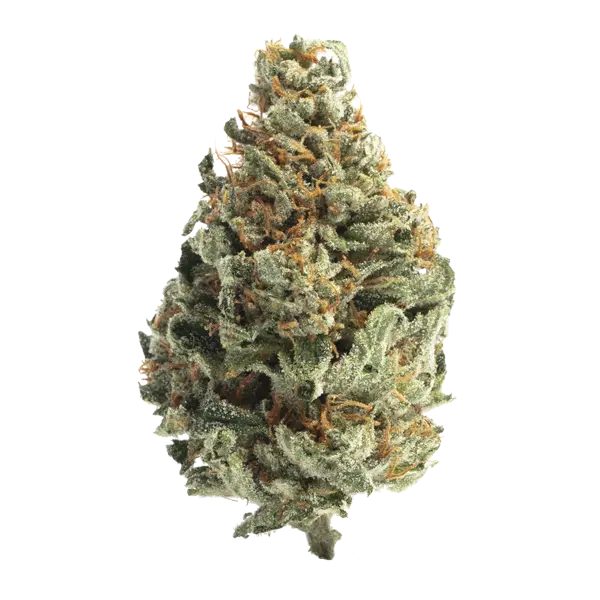
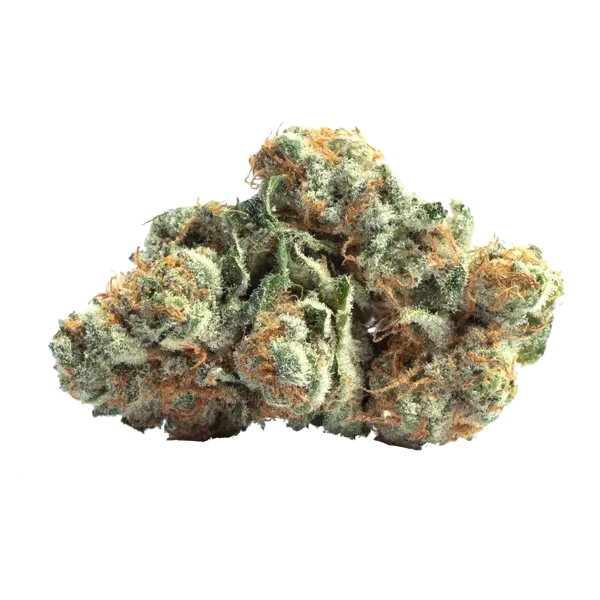
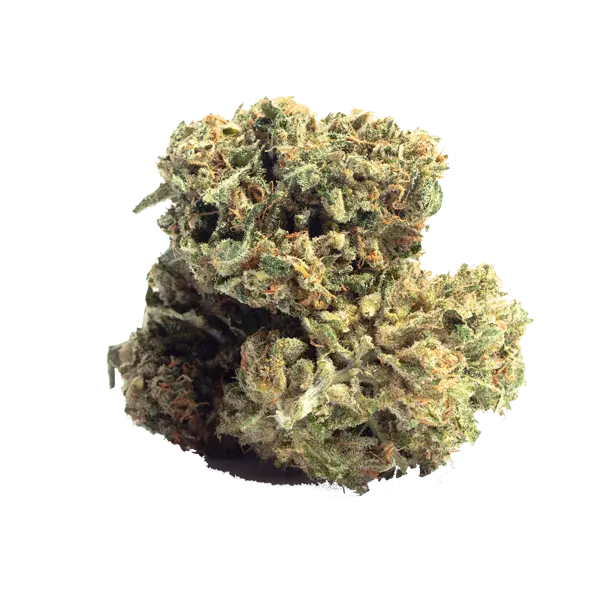
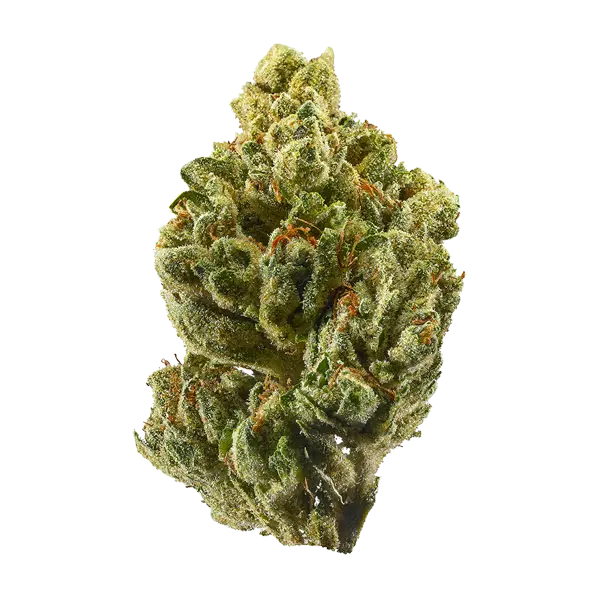
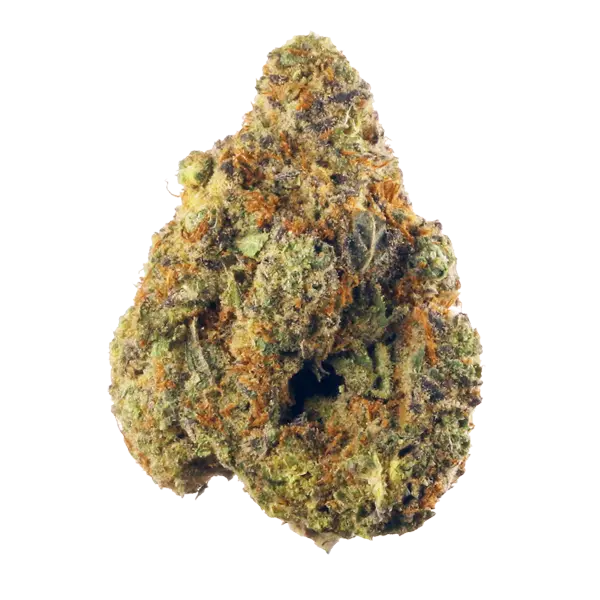
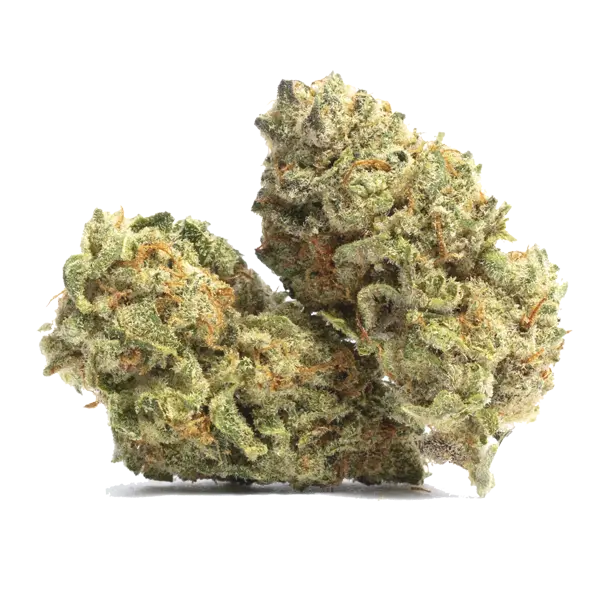
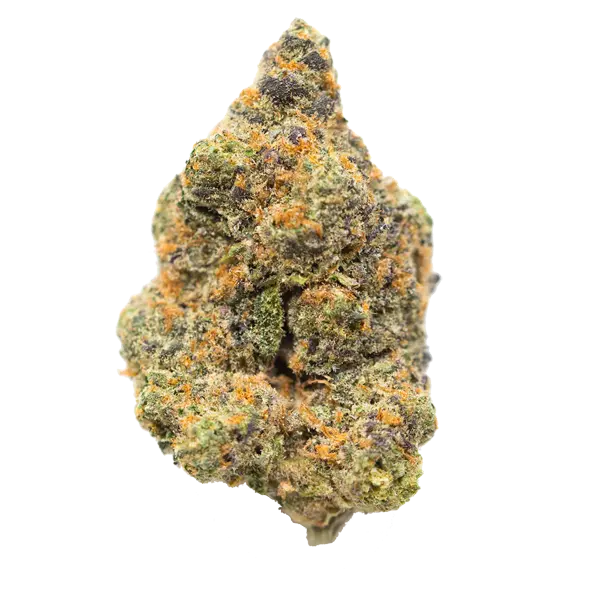

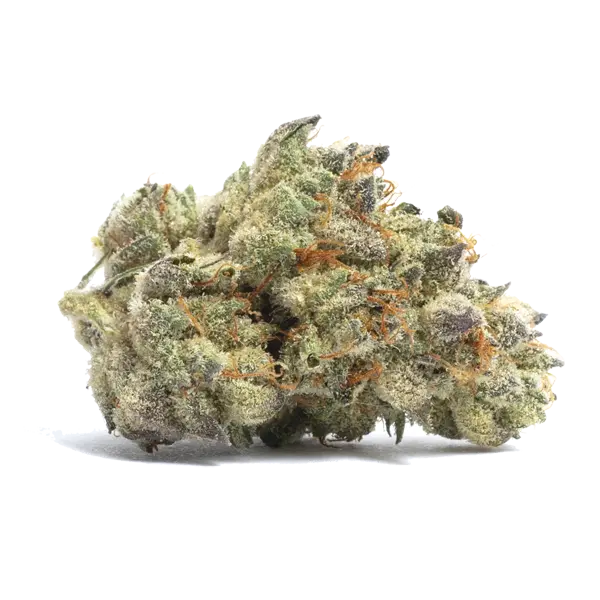
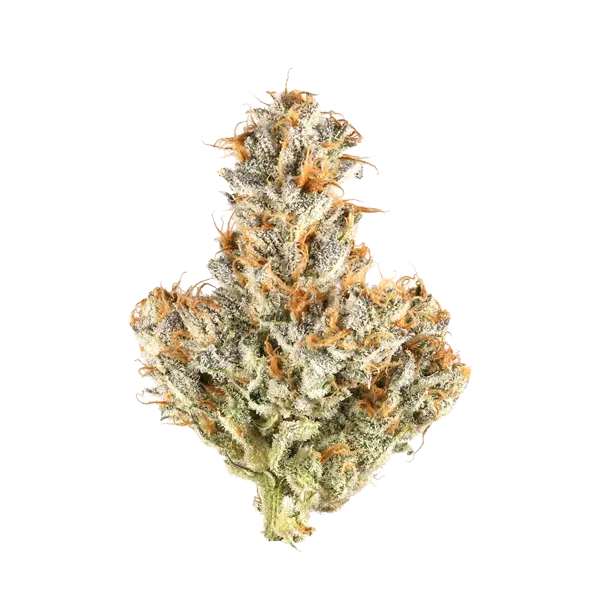



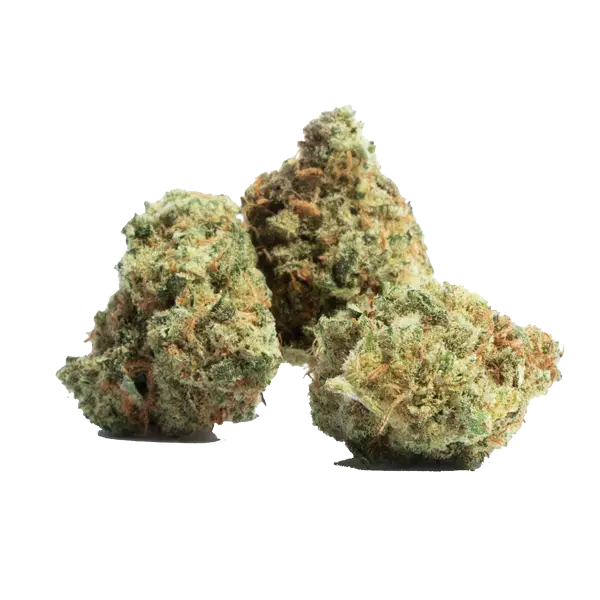















 Profil de variété de Cannabis Aloha White Widow '98
Profil de variété de Cannabis Aloha White Widow '98 Informations sur la souche Black Beauty
Informations sur la souche Black Beauty








